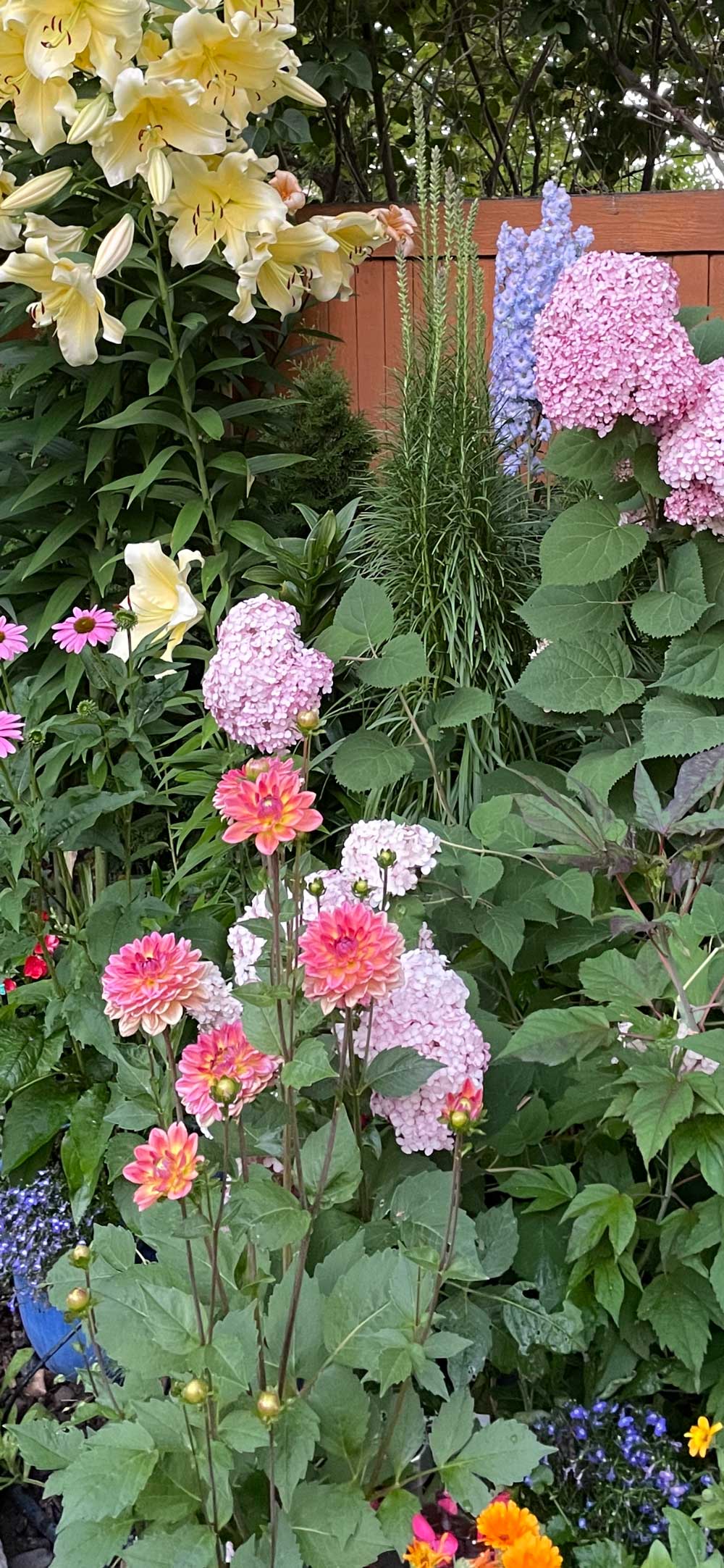About Larkspur
In the garden, in a vase or dried, larkspur is lovely! Larkspur is a member of the Delphinium family, and the different varieties range from 1 to 7 feet.
When to Plant Larkspur Seeds
Plant your larkspur seeds in the fall or spring, early in the season.
Where to Plant Larkspur Seeds
Larkspur plants like full sun to partial shade, and they will grow very quickly. They thrive in average soil and cool weather.
How to Plant Larkspur Seeds
While not required, Larkspur seeds can benefit from a special 1 to 2 week treatment called cold moist stratification prior to planting them. Learn more about the importance and process of cold moist stratification here.
Larkspur is notoriously difficult to transplant, so it is best to sow seeds directly into your flower garden after all danger of frost. Cover larkspur seeds lightly with 1/8th inch of soil. Space your seeds 4 inches apart, and after germination, thin seedlings to 10-12 inches apart. Keep the soil moist to feed your larkspurs’ fast growth.
How to Care for Larkspur
During dry periods, water them once or twice a week. Provide a general purpose fertilizer once a month until after they have bloomed. Staking may be necessary to keep them from bending under the weight of the blooms. Larkspurs are highly susceptible to frost, fungal disease (especially Sclerotium), and mildew. Insects should not be a problem, but if they are, use a general purpose insect repellent. ** Larkspur can be poisonous to some animals—most notably cattle!**







